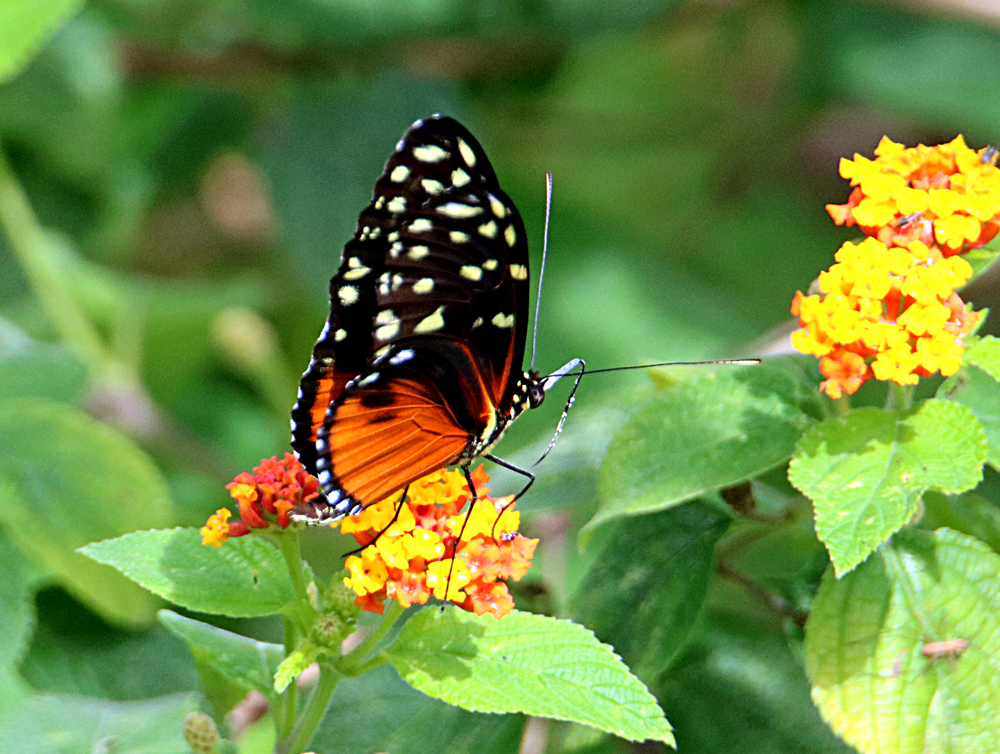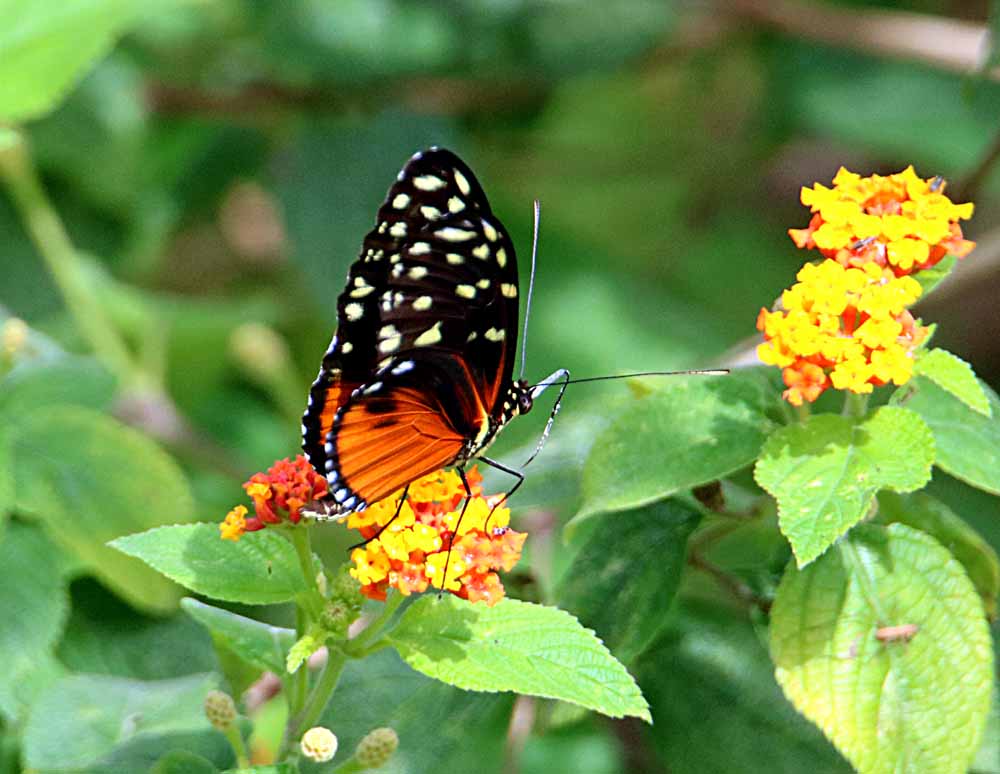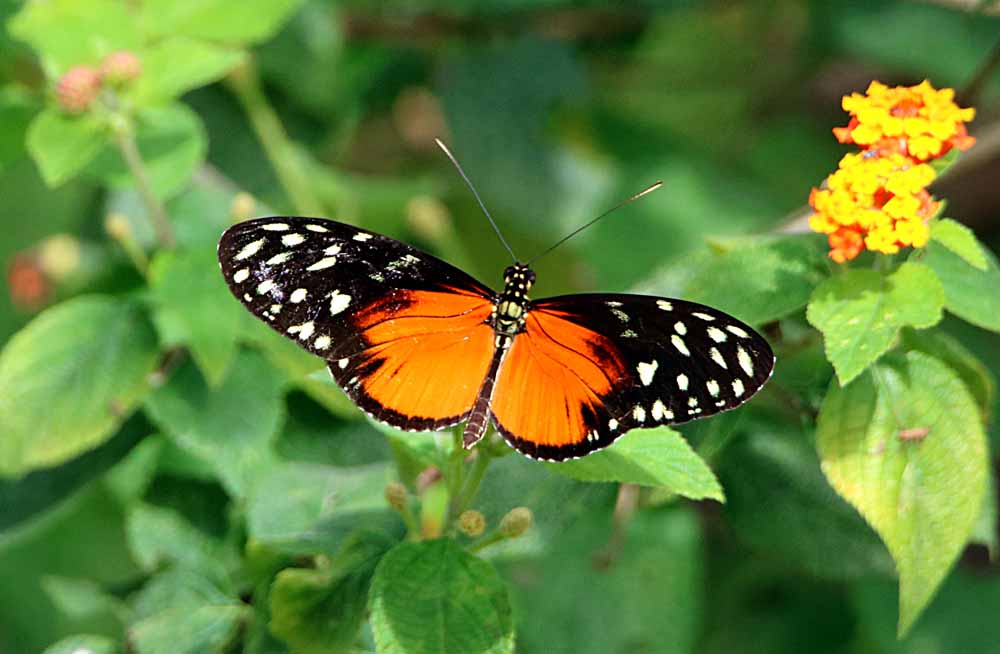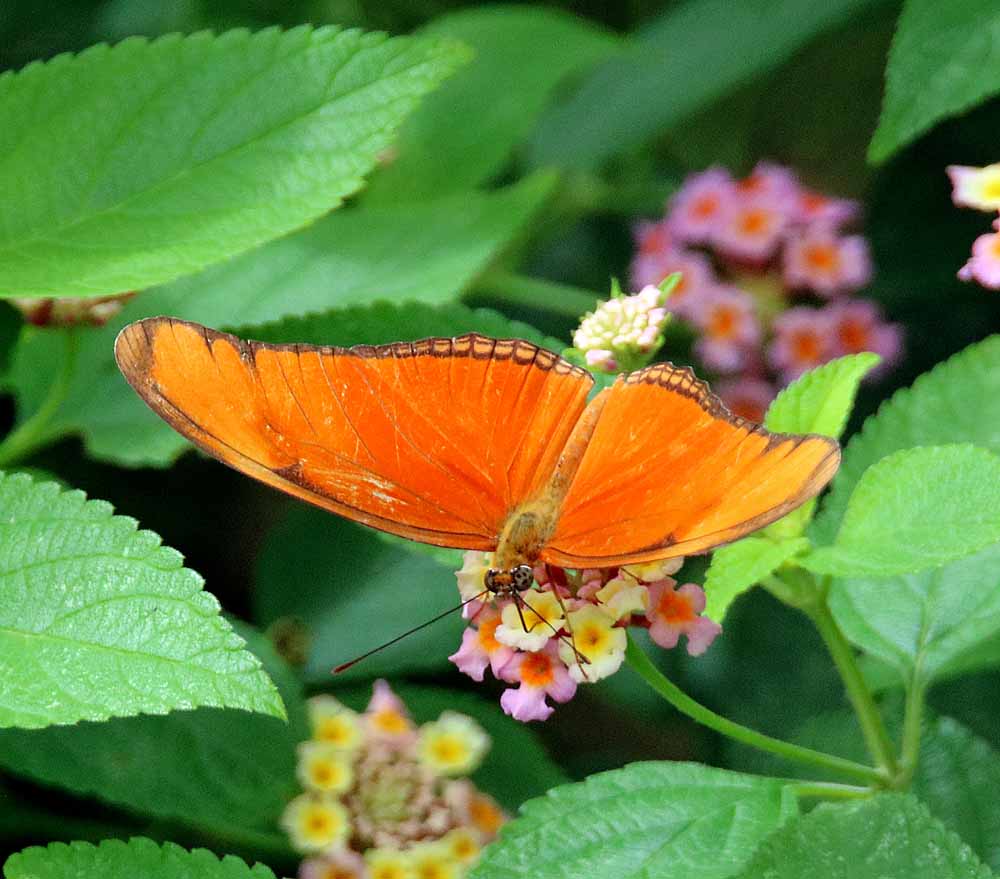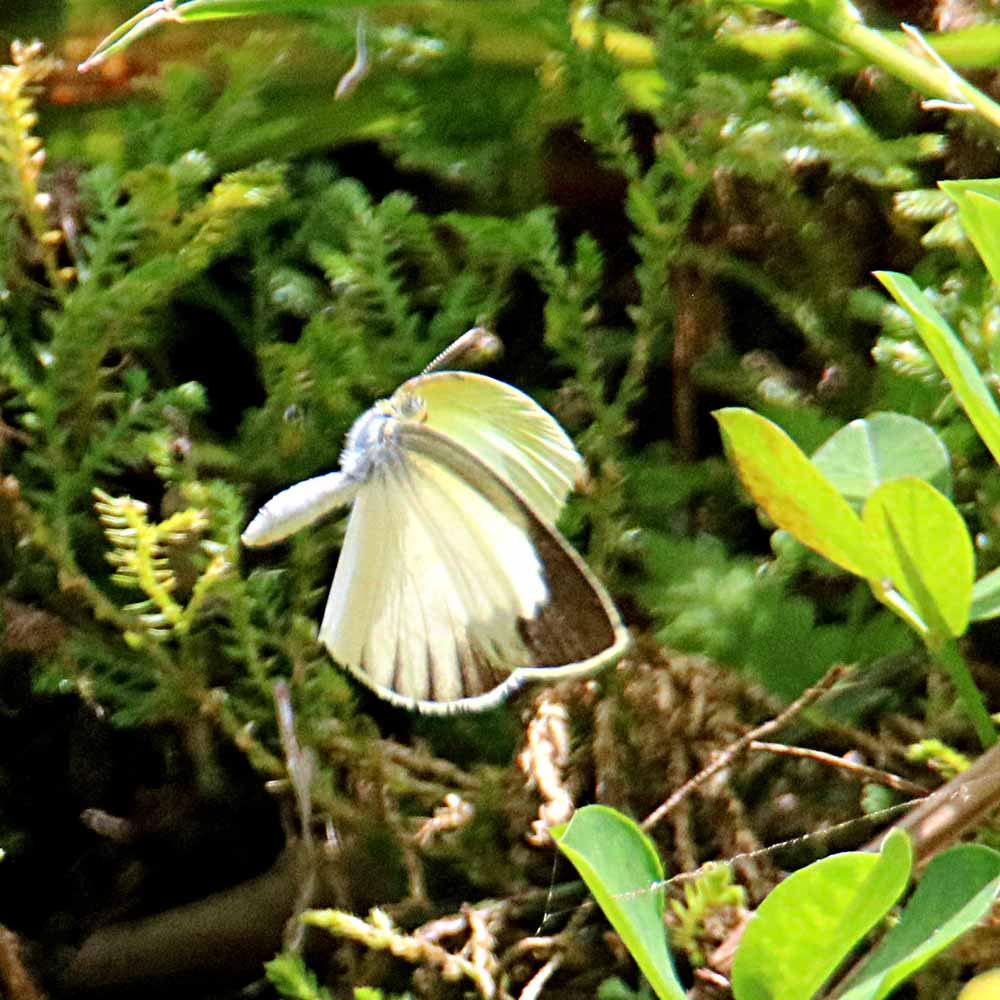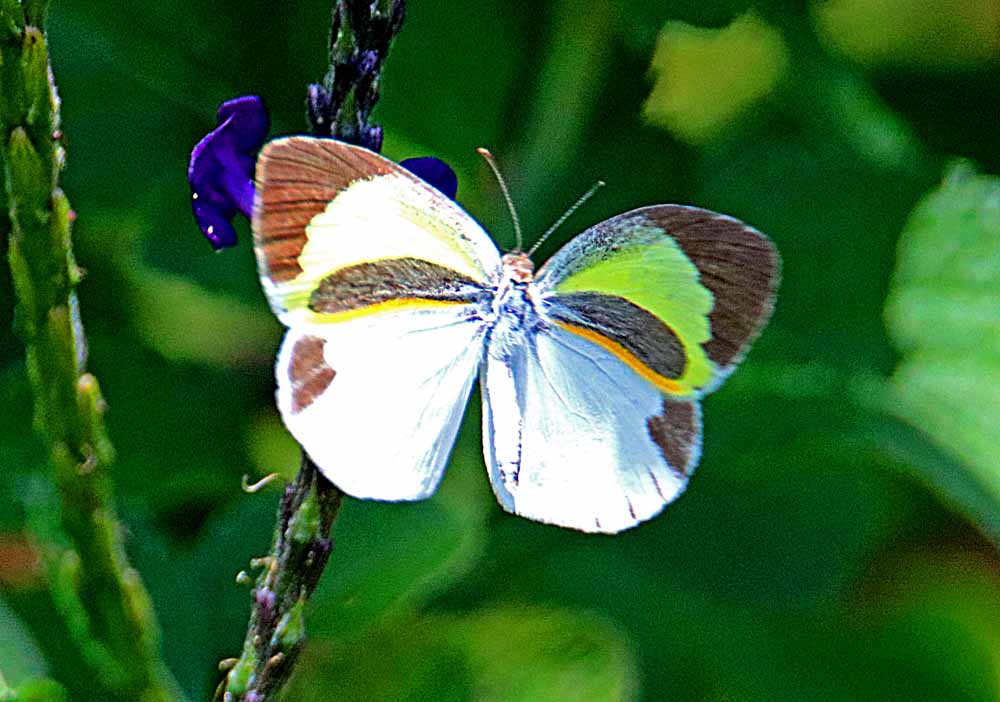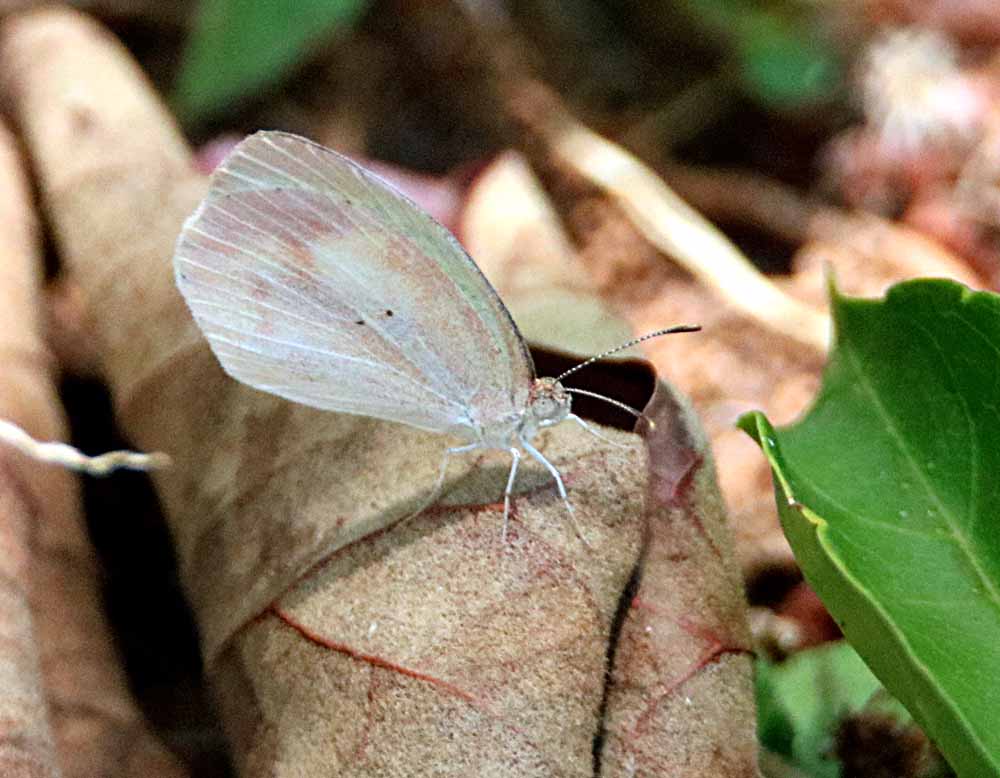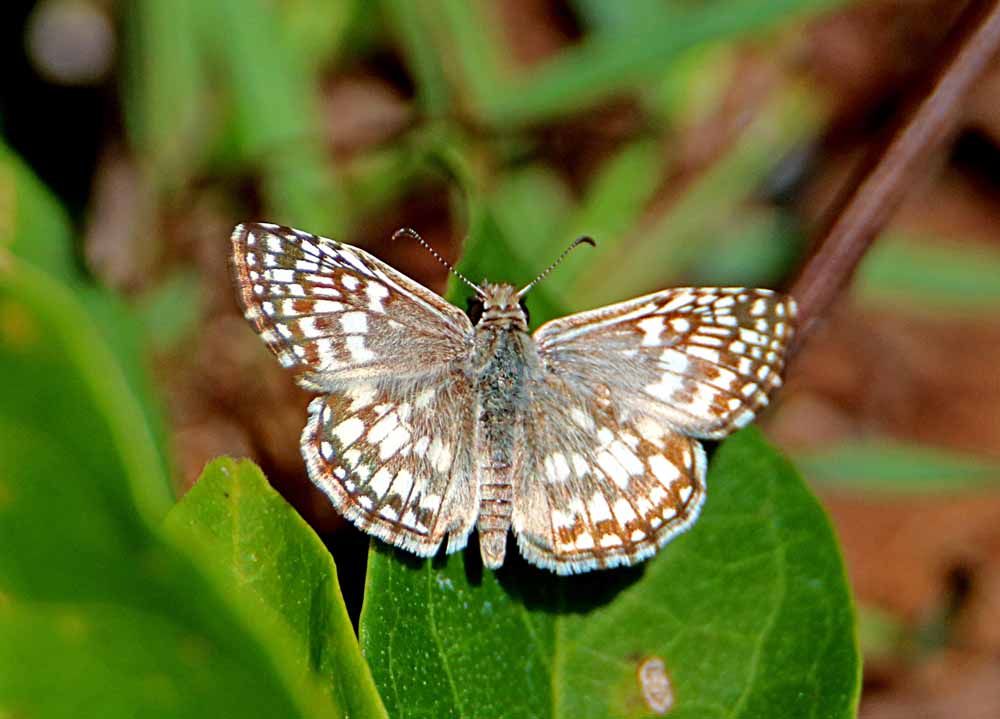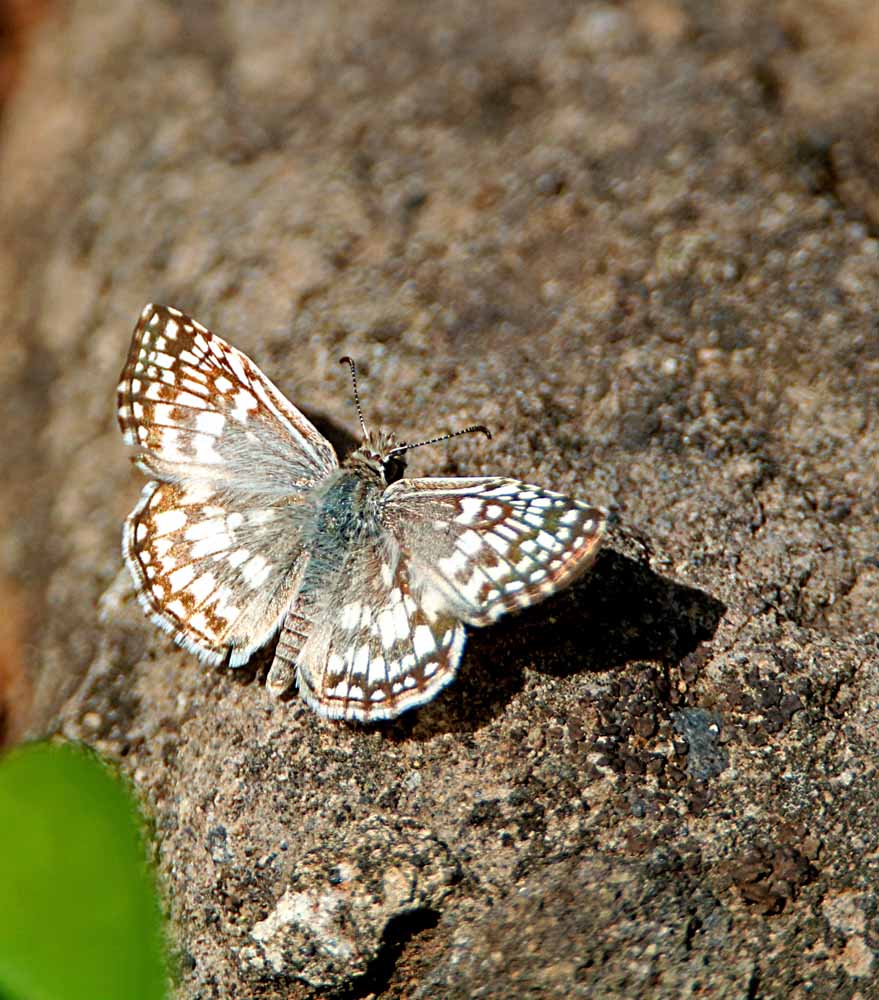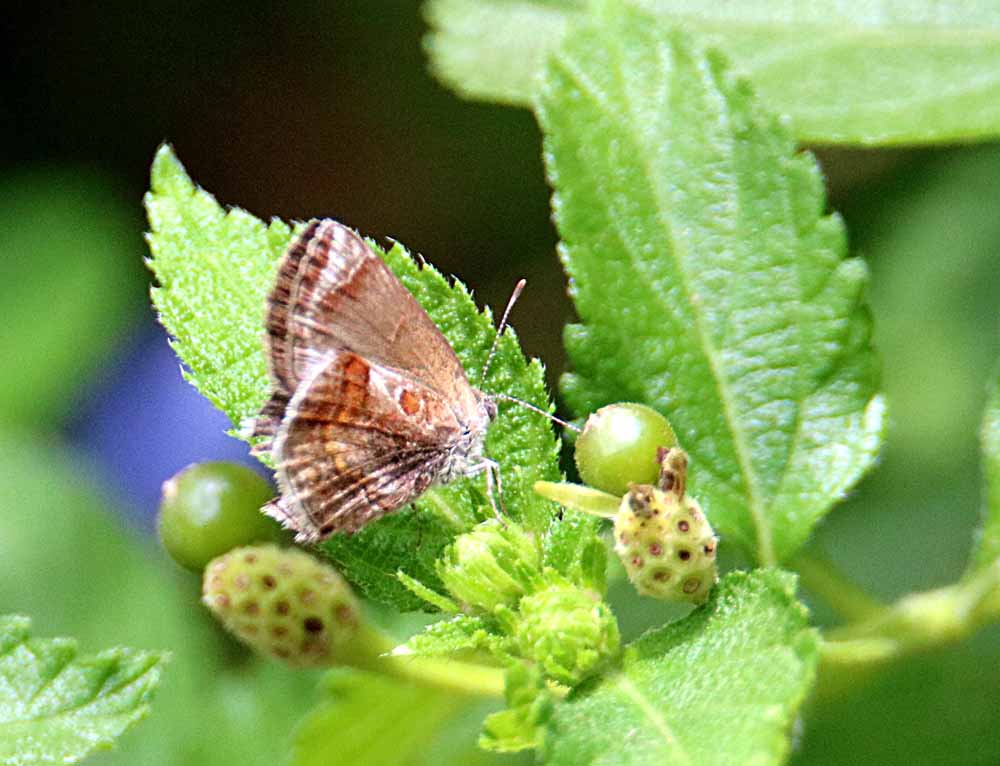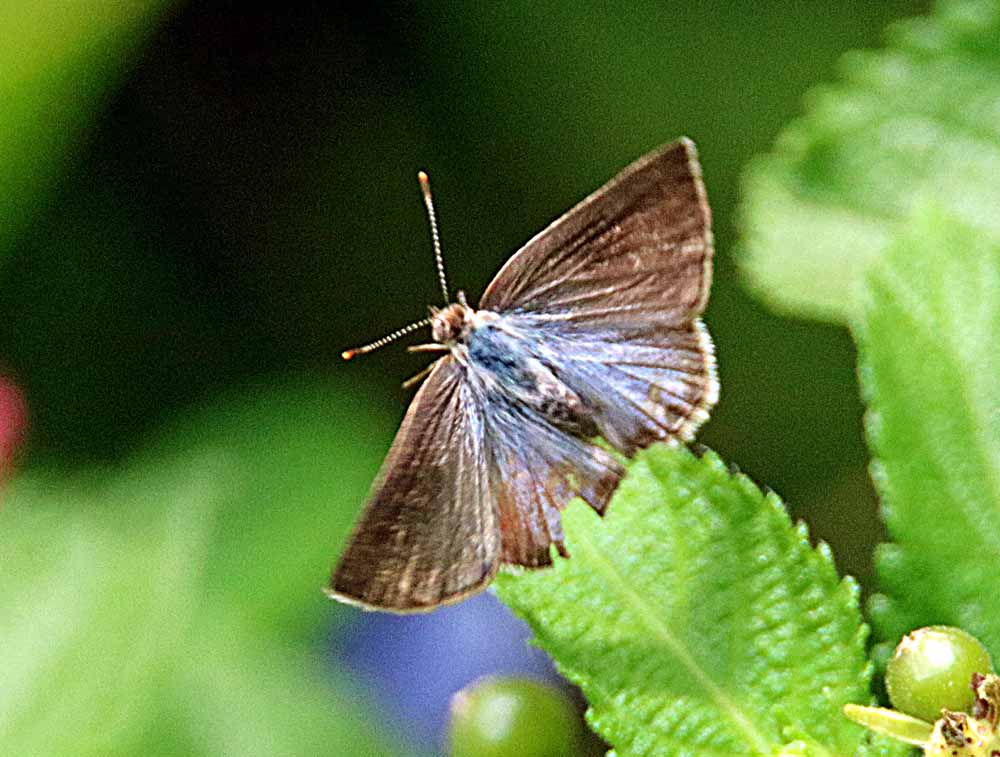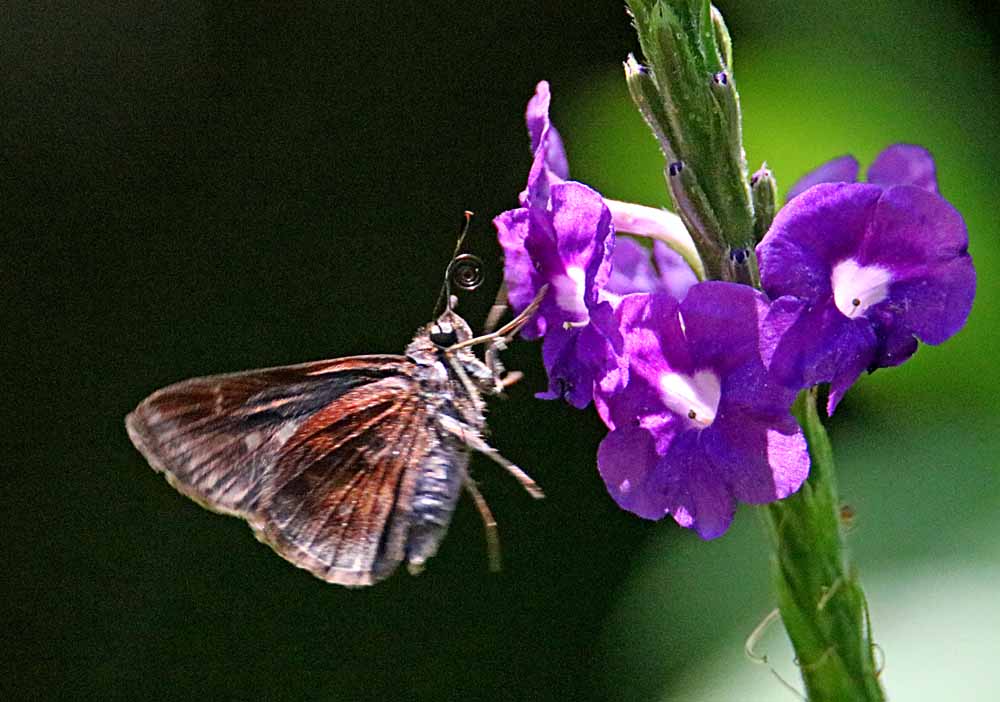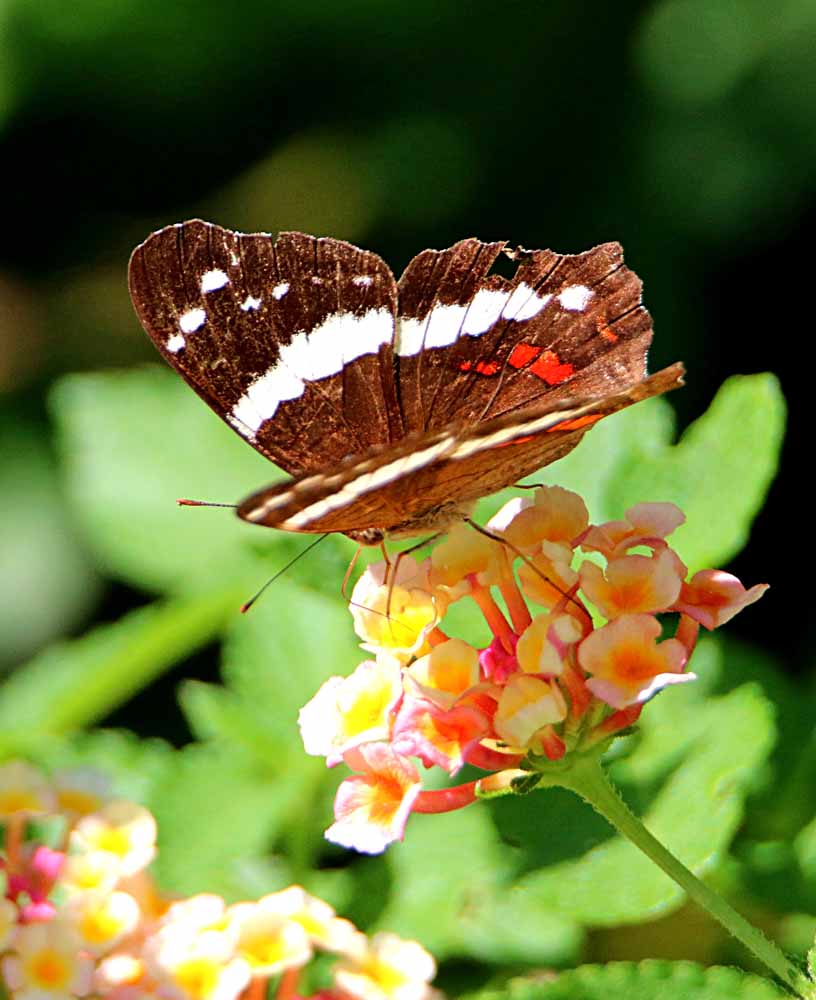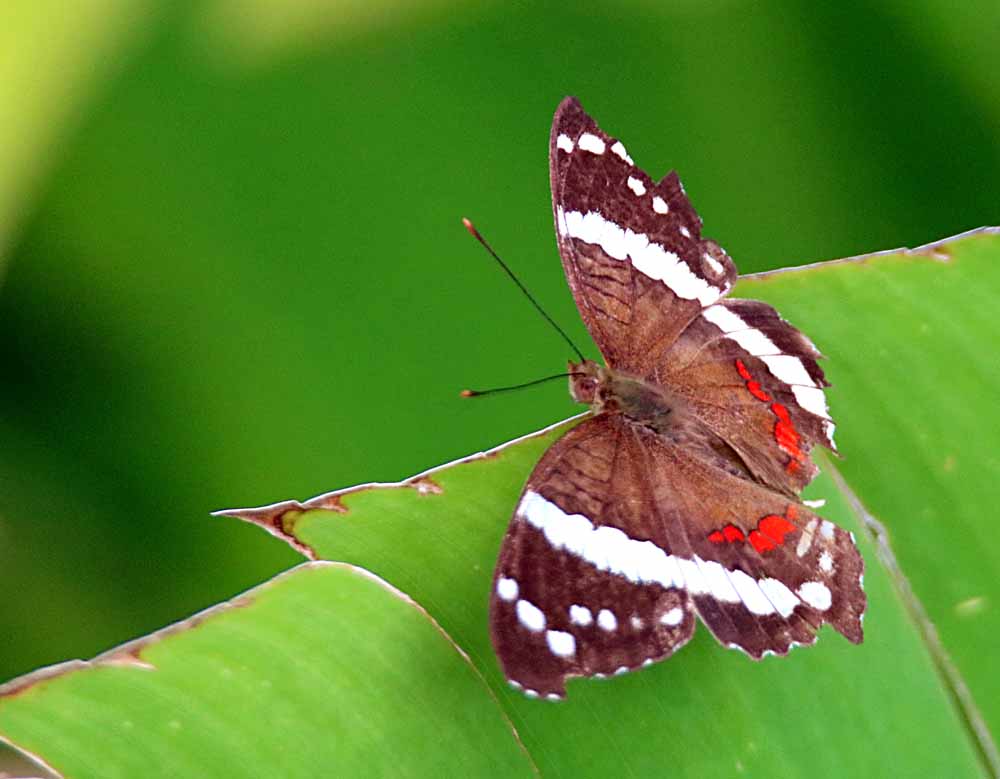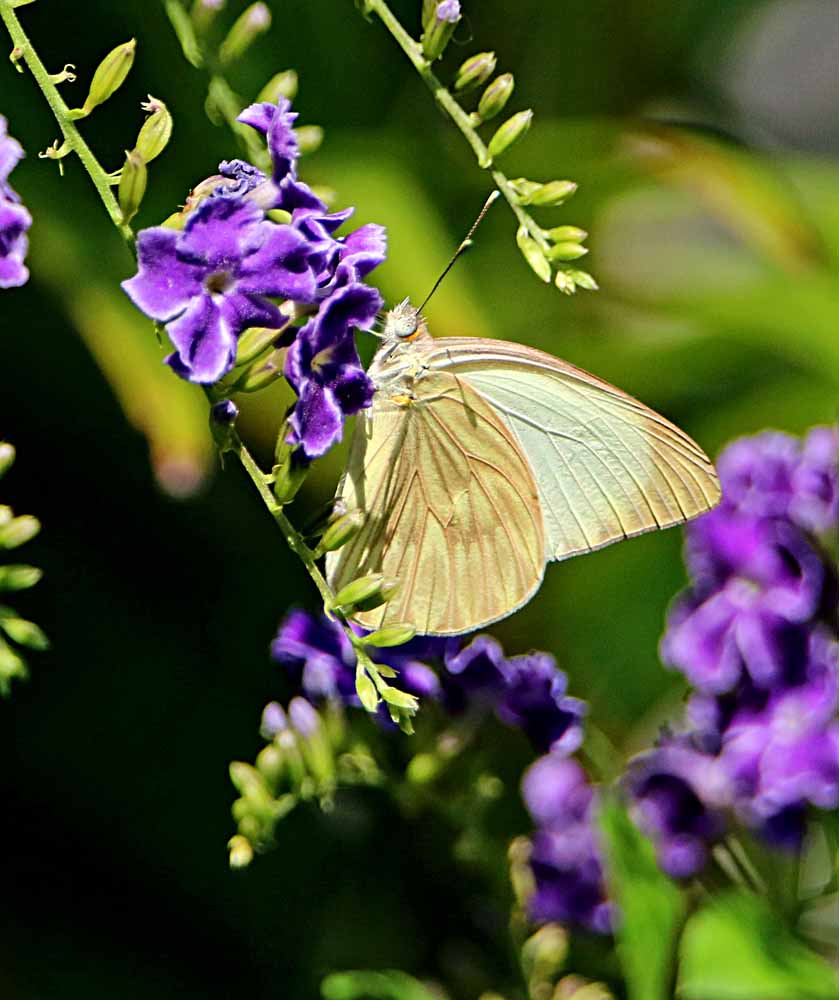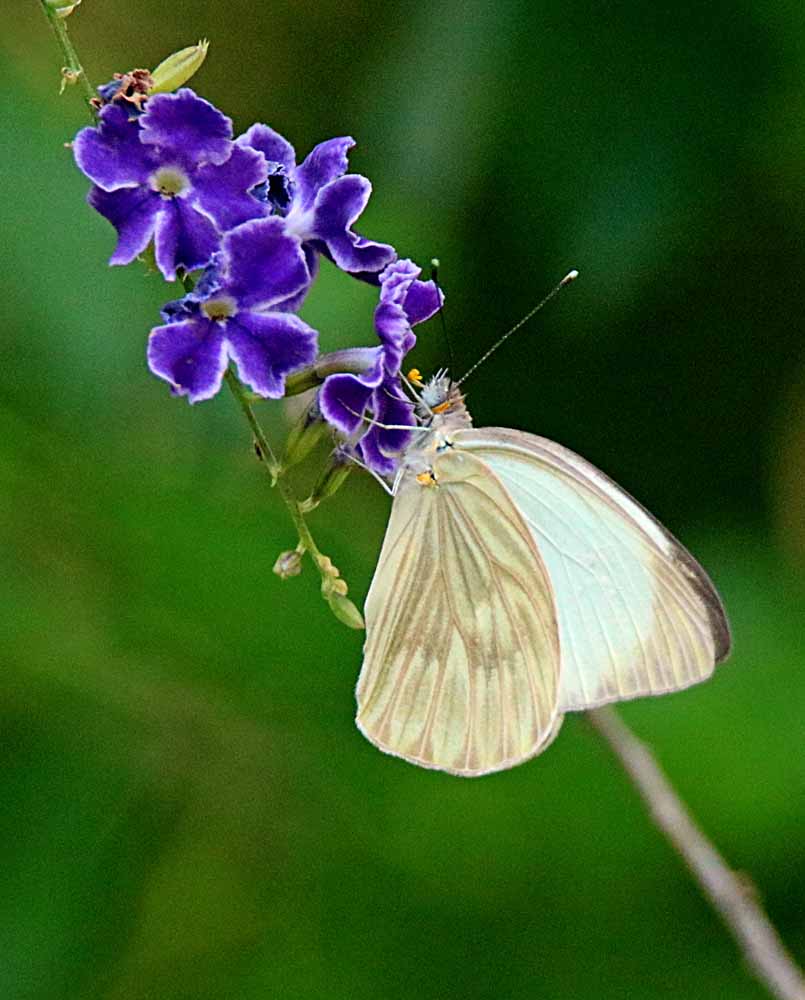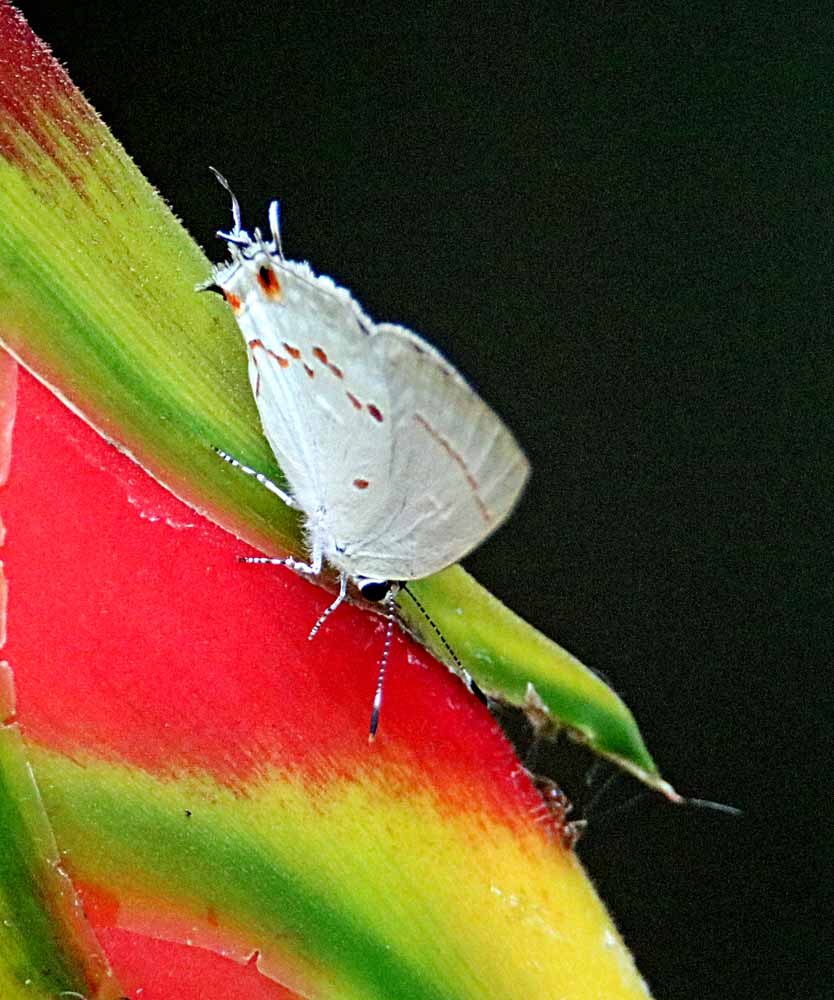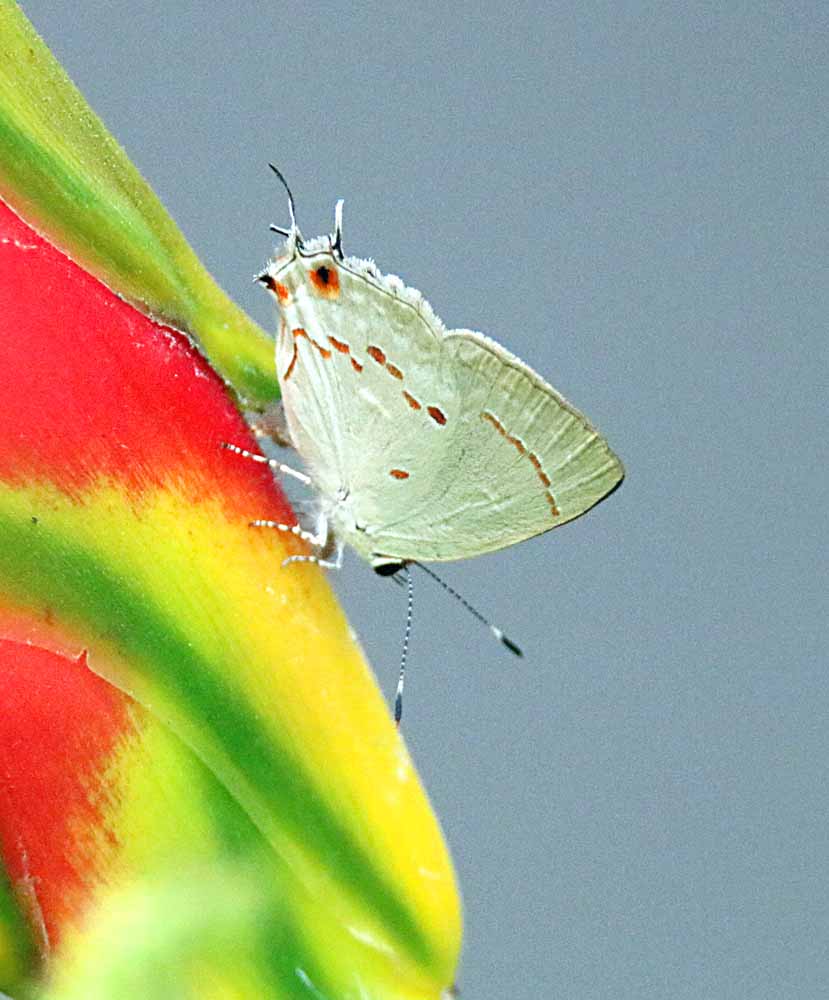and with 3 new moth species for me and at least one new butterfly species. First, to see them all in the sub-gallery of my developing trip gallery, go to Arenal ’24 Butterflies & Moths Gallery with 15 species . . .
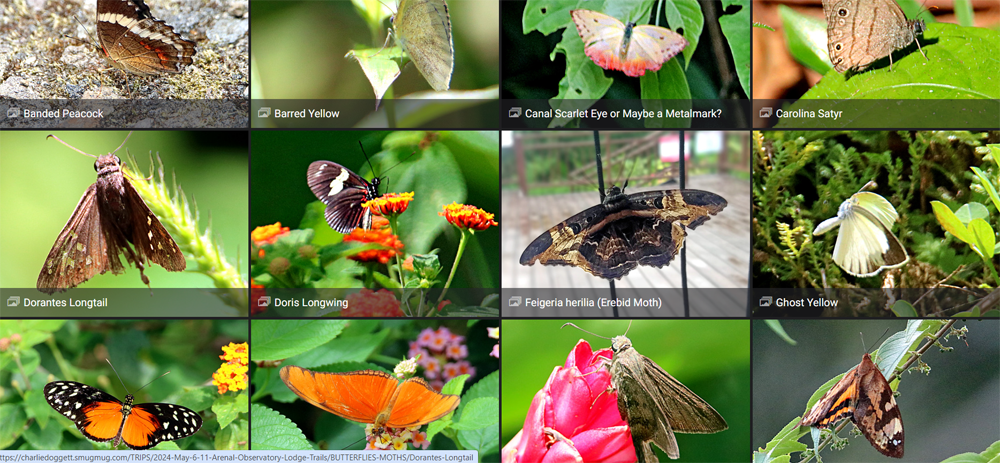
Since I did a post on most of these from Arenal, I will let you look for the last minute photos in the gallery! 🙂 Though one is the featured image at top of post of a Hecale Longwing shot on my last morning there. And the birds gallery may take much longer with a lot more photos to sort through! And I think that I’m just getting slower at everything I do now. 🙂
¡Pura Vida!


